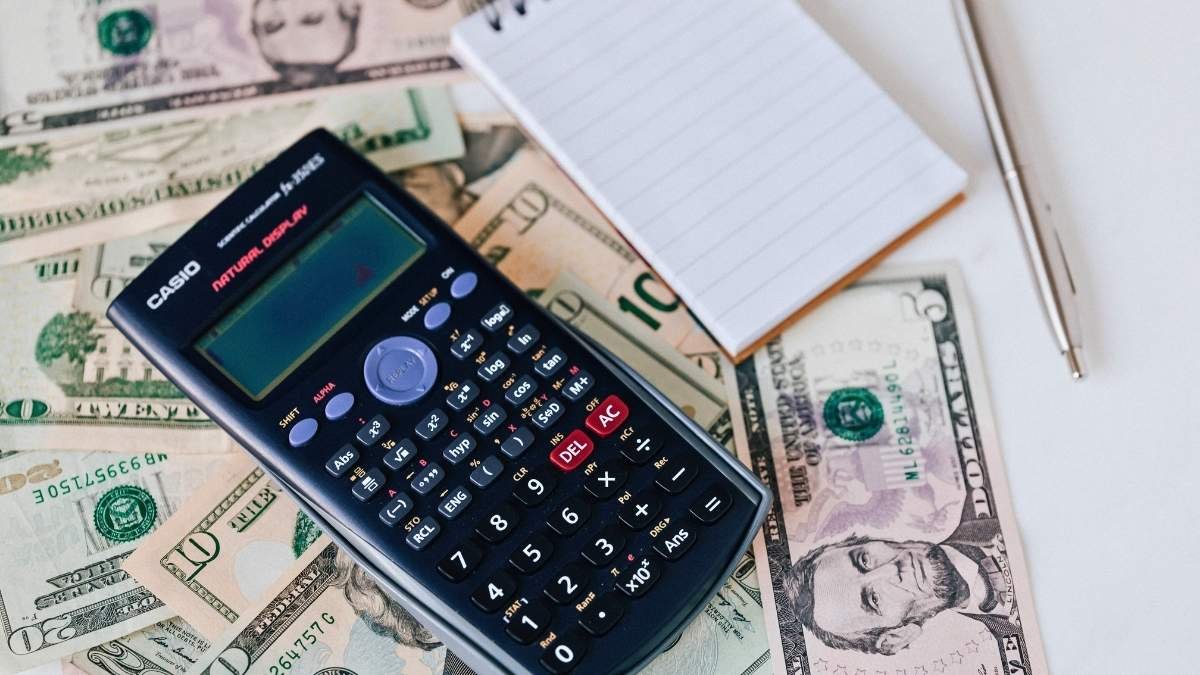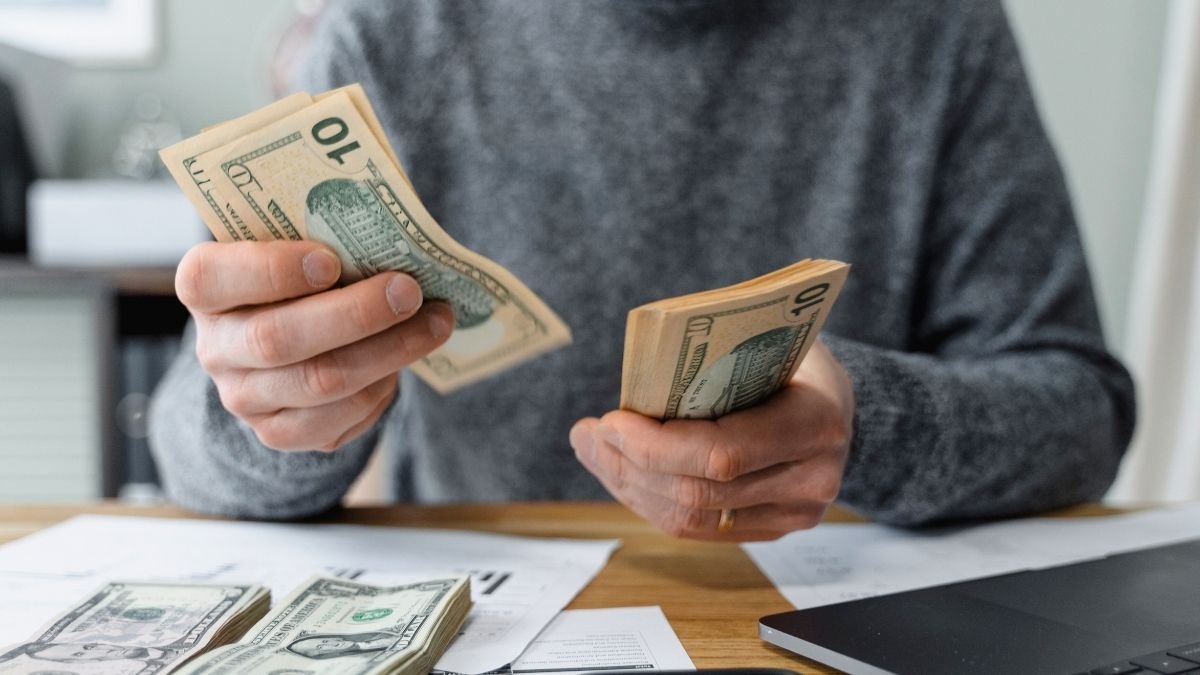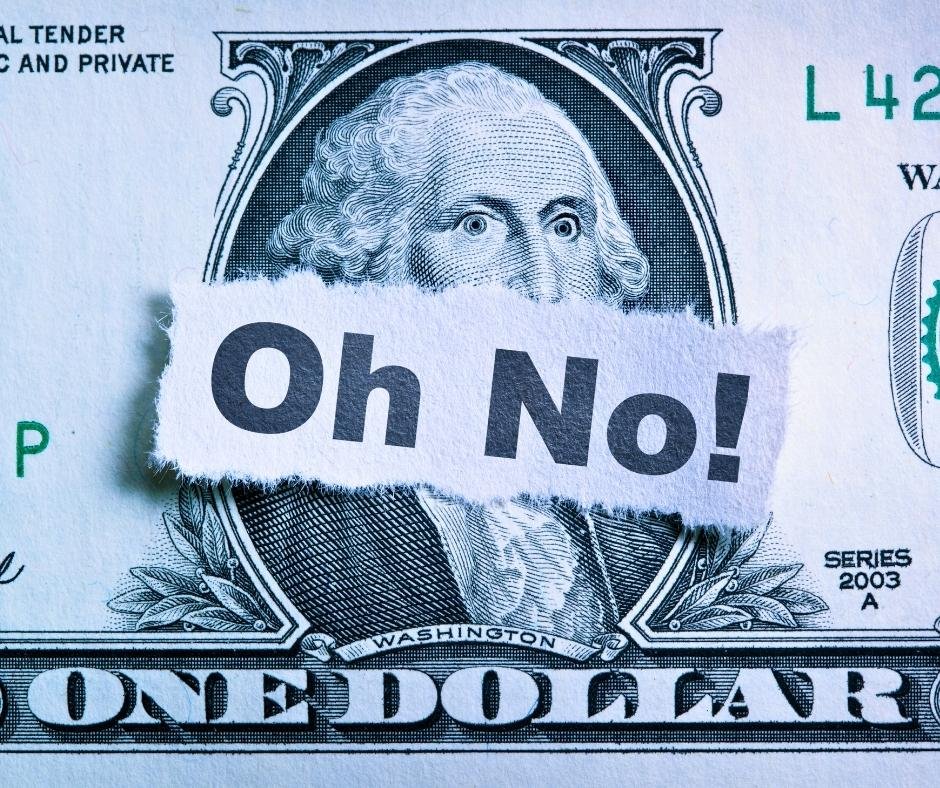
Investing is often portrayed as a glamorous path to wealth, filled with success stories of people who “struck it rich” by picking the right stock at the right time. But behind every success story lies a trail of mistakes—some costly, some humbling, but all invaluable. I’ve made my fair share of blunders in the investing world, and each one has been a harsh but necessary teacher.
From panic-selling during market crashes to chasing “hot” stocks without a shred of research, these errors have cost me thousands of dollars and countless sleepless nights. Yet, they’ve also been the foundation of my growth as an investor.
In this article, I’ll share the ten most impactful mistakes I’ve made, the lessons they taught me, and how you can avoid repeating them. This isn’t just a list of war stories; it’s a roadmap to smarter, more disciplined investing. By the end, you’ll have actionable strategies to sidestep these pitfalls and build a portfolio that stands the test of time.
Chasing “Hot” Stocks Without Research
In 2021, I fell victim to the meme stock frenzy. GameStop (GME) was soaring, and social media was buzzing with stories of overnight millionaires. Without a second thought, I poured a significant portion of my savings into GME at $300 per share, convinced I was riding the next big wave. Two weeks later, the stock plummeted to $50, and I was left with a 80% loss. The lesson? Hype is not a strategy.
Since then, I’ve learned to approach every investment with rigorous due diligence. Before buying a stock, I now analyze the company’s financial health, competitive advantages, and industry trends. Tools like SEC filings, earnings reports, and platforms like Morningstar have become my best friends. I also impose a “cool-off” period of 48 hours before acting on any investment tip, which helps curb impulsive decisions driven by FOMO (Fear of Missing Out).

Personal Insight: The hardest part of this lesson was admitting that I wasn’t smarter than the market. Accepting that I couldn’t predict short-term movements was liberating—it shifted my focus from chasing quick wins to building a sustainable, long-term portfolio.
Ignoring Diversification
In 2020, I was convinced that tech stocks were unstoppable. I allocated 70% of my portfolio to companies like Tesla, Zoom, and Peloton, believing they would continue to dominate post-pandemic. When the tech sector corrected in 2022, my portfolio dropped by 35% in three months. The lesson? Don’t put all your eggs in one basket.
Diversification isn’t just about owning multiple stocks; it’s about spreading risk across asset classes, sectors, and geographies. Today, my portfolio includes a mix of stocks, bonds, real estate investment trusts (REITs), and international ETFs. This approach hasn’t eliminated losses, but it has smoothed out volatility and improved my risk-adjusted returns.

Personal Insight: Rebuilding my portfolio after the tech crash was emotionally draining. It taught me that diversification isn’t just a buzzword—it’s a shield against the unexpected. Now, I sleep better at night knowing that no single sector can derail my financial future.
Timing the Market (Spoiler: You Can’t)
I used to obsess over finding the “perfect” entry point for investments. I’d spend hours analyzing charts, waiting for a dip that never came. In 2019, I held off buying Amazon (AMZN) at $1,800, convinced it would drop to $1,700. It never did, and by the time I finally bought in at $2,200, I’d missed a 22% gain. The lesson? Time in the market beats timing the market.
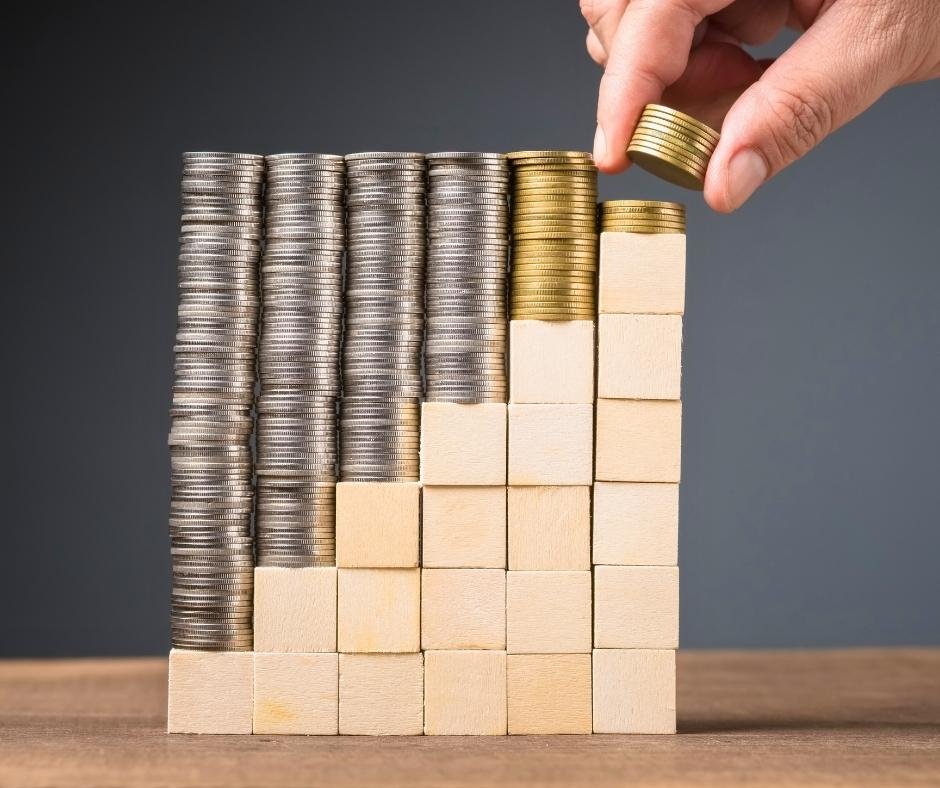
Instead of trying to predict short-term movements, I now focus on consistent investing through dollar-cost averaging (DCA). By investing a fixed amount monthly, I’ve reduced the impact of volatility and avoided the stress of market timing.
Personal Insight: Letting go of the illusion of control was tough. But embracing DCA has made investing feel less like gambling and more like a disciplined habit. It’s not flashy, but it works.
Letting Emotions Drive Decisions
During the COVID-19 market crash in March 2020, I panicked. Watching my portfolio drop by 25% in a week, I sold everything and moved to cash. Two months later, the market rebounded, and I’d missed the recovery. The lesson? Invest with logic, not fear.

To combat emotional decision-making, I’ve created a written investment plan with predefined exit strategies. I also use stop-loss orders to automate risk management, ensuring I don’t make impulsive moves during market swings.
Personal Insight: Admitting that fear had cost me thousands was humbling. But it forced me to build systems that protect me from myself. Now, when the market gets rocky, I stick to my plan instead of my gut.
Overlooking Fees and Taxes
For years, I invested in high-fee mutual funds without realizing the impact on my returns. A 1.5% expense ratio might seem small, but over a decade, it can erode nearly 20% of your gains. The lesson? Fees compound against you.
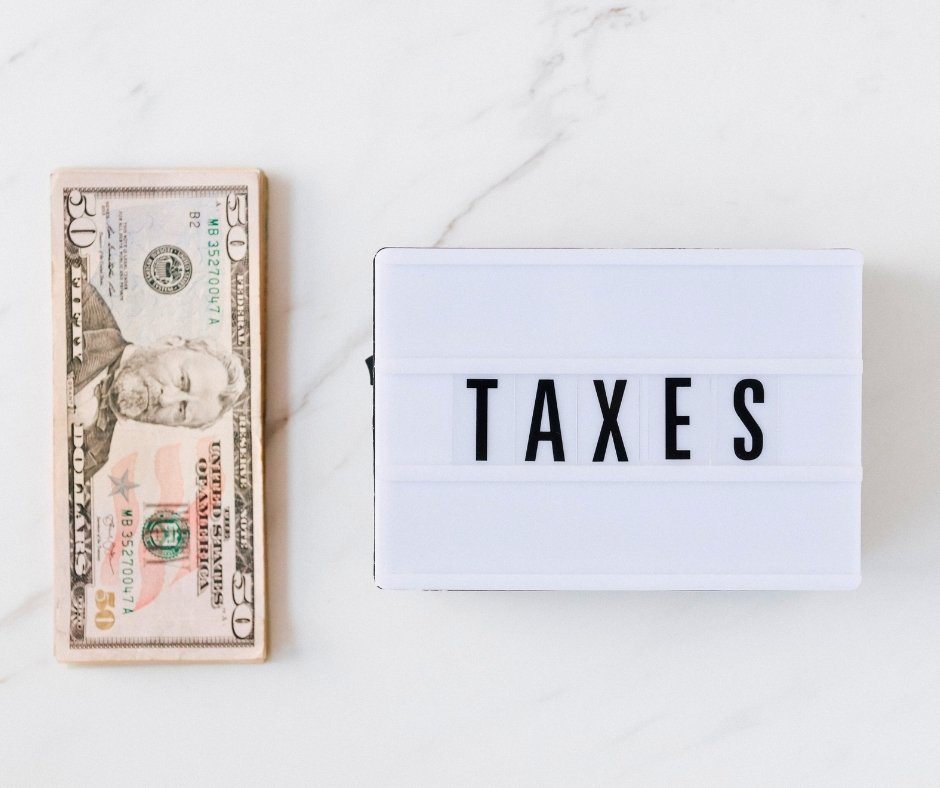
Today, I prioritize low-cost index funds and ETFs with expense ratios under 0.1%. I also use tax-advantaged accounts like IRAs and 401(k)s to minimize my tax burden. These small changes have saved me thousands in fees and taxes over time.
Personal Insight: I used to think fees were a necessary evil. Learning how they silently drain wealth was eye-opening. Now, I treat every fee like an enemy—because it is.
Failing to Rebalance a Portfolio
In 2021, my portfolio’s stock allocation grew from 60% to 80% during a bull market. I ignored the imbalance, only to watch my losses deepen when the market corrected. The lesson? Rebalance to maintain risk tolerance.

Now, I rebalance my portfolio annually or when allocations deviate by more than 5%. Tools like robo-advisors have made this process seamless, ensuring my portfolio stays aligned with my goals.
Personal Insight: Rebalancing felt like a chore at first, but it’s become a non-negotiable part of my strategy. It’s the financial equivalent of regular exercise—boring but essential.
Investing Without Clear Goals
In my early investing days, I treated my portfolio like a lottery ticket—buying random stocks with no clear purpose. The result? A chaotic mix of investments that didn’t align with my goals. The lesson? Align investments with objectives.
Today, I define short-term (emergency fund), mid-term (house down payment), and long-term (retirement) goals. Each goal has its own risk profile and timeline, ensuring my investments serve a purpose.
Personal Insight: Clarifying my goals was like turning on a flashlight in a dark room. Suddenly, every investment decision had direction and meaning.
Copying “Gurus” Blindly
I once followed a famous investor into a biotech stock, assuming they knew something I didn’t. The stock tanked, and I lost 40% of my investment. The lesson? Context matters—your situation isn’t theirs.
Now, I research every investment independently, considering my risk tolerance and goals. I still follow experts, but I treat their advice as a starting point, not a command.
Personal Insight: Realizing that even “experts” can be wrong was liberating. It taught me to trust my own judgment—and do my own homework.
Neglecting to Learn Continuously
For years, I stuck to outdated strategies, ignoring trends like ESG investing and cryptocurrency. The result? I missed opportunities to grow my wealth. The lesson? The market evolves—so should you.
Today, I dedicate time each week to learning. I read books like The Intelligent Investor, follow credible sources like Morningstar, and take online courses on investing. This habit has kept my strategies fresh and relevant.
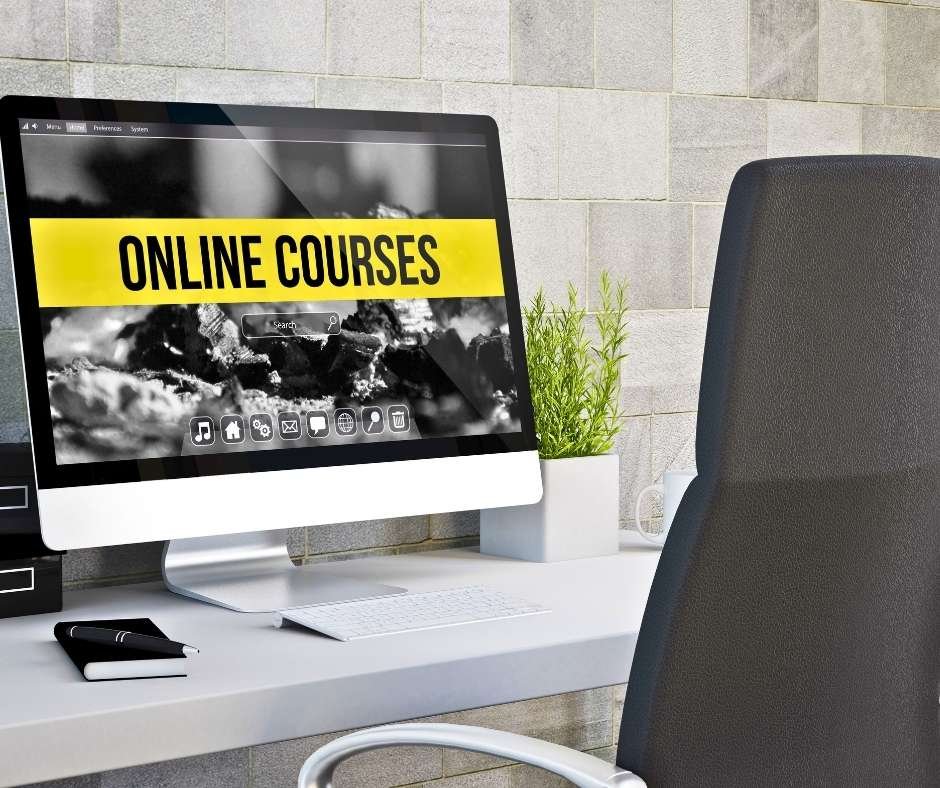
Personal Insight: Learning felt like a chore at first, but it’s become my secret weapon. The more I know, the better I invest.
Underestimating the Power of Patience
In 2018, I sold a winning stock after a 10% gain, only to watch it rise another 200% over the next two years. The lesson? Compound growth requires time. Now, I use the “10-year test”: If I wouldn’t hold an investment for a decade, I don’t buy it. I also avoid checking my portfolio daily to reduce emotional decisions.
Personal Insight: Learning to wait was the hardest lesson of all. But it’s also been the most rewarding. Patience isn’t just a virtue—it’s a strategy.
Conclusion
Investing isn’t about avoiding mistakes—it’s about learning from them. Each error I’ve shared in this article has shaped me into a more disciplined, informed investor. By avoiding these pitfalls, you can build a portfolio that grows steadily over time, weathering market storms and seizing opportunities.
Remember, the best investors aren’t those who never err—they’re those who learn, adapt, and persist. Now, audit your own portfolio for these mistakes and start building a smarter financial future today.

